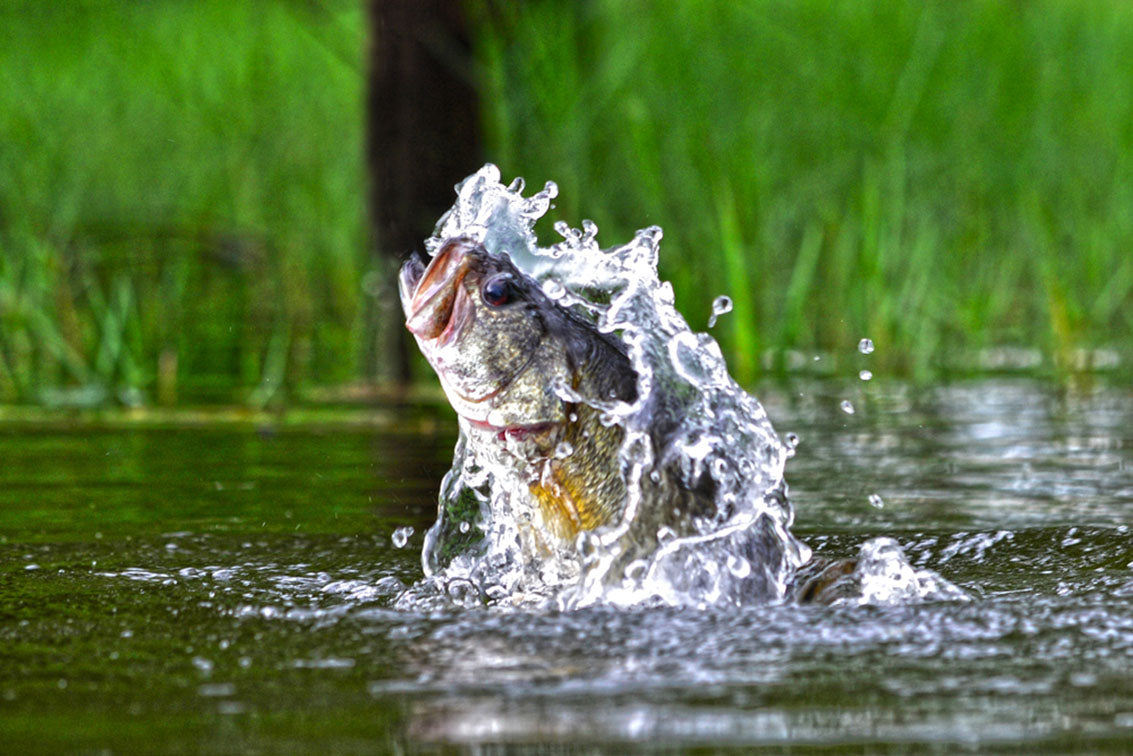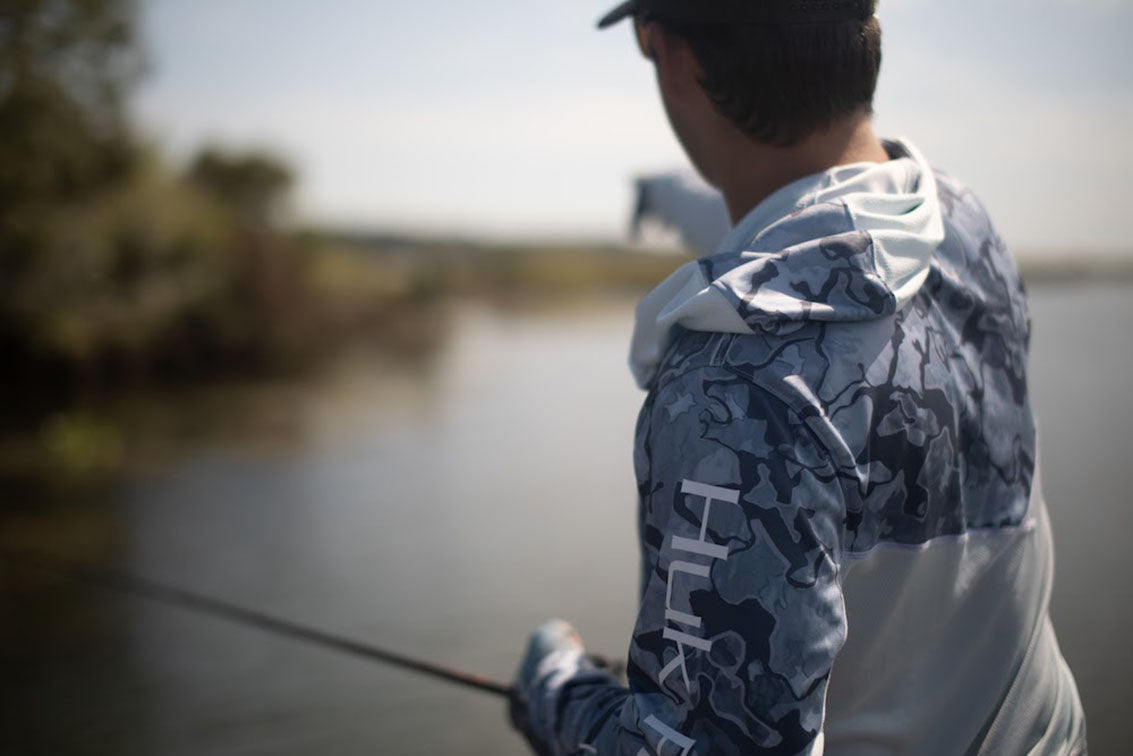Source: IRINA ORLOVA / Shutterstock.com
Using a swimbait to catch the biggest bass in the lake is strenuous and time-consuming, but it’s also one of the most satisfying accomplishments an angler can experience.
If you’re going after big bass, whether on your own or in a tournament, you will need patience and savvy. There’s a reason big bass grow so large. They’re wary and shrewd about what they bite.
What is Swimbait?
This type of lure is designed for fish over 10 lbs. and started as a novelty lure out West. Swimbaits are now used all over the country, primarily for bass or bigger fish.
There are multiple sizes of swimbaits, but the most popular sizes are between 6”-12” long. Don’t be misled into thinking that a smaller bass won’t bite a substantial swimbait.
Bass are not known for being intimidated, and even the smaller ones will try to take a chunk out of your bait.
The realistic swimming pattern and excellent mimicry of this lure draw bigger bass that wouldn’t be fooled by other kinds of bait.
Swimbait Fishing Techniques
The larger the fish, the slower it tends to swim. As you aim to imitate the swim pattern of bass prey, you must reel in the swimbait slowly.
When baitfish die, they come near the surface of the water and flutter. Use a topwater swimbait in the early morning or evening when the water is calm. The bigger bass will think the swimbait is a dying baitfish and strike.
Expert Bass Fishing Techniques
Source: Paul Winterman / Shutterstock.com
Understanding Tail Action
Many soft body swimbaits have a wedge-shaped tail to encourage a natural swimming motion on the retrieve. On the other hand, a boot tail will make the lure roll and shimmy as it causes more water displacement.
Since swimbaits attract fish mainly by sight, the action isn't as necessary as it is with other lures. Less buoyant swimbaits that sink or dive are better for deep, clear water. Look for underwater drop-offs that have ample cover, like grass. Place the swimbait near the cover, and the bass will come to you.
Hard Body Swimbaits
The lures with hard bodies have two to six segments connected by hinged joints. These lures can be handcrafted or made by a machine, and they have a variety of buoyancies.
If you're wondering how to fish a swimbait in place of other lures, use hard swimbaits the same way you would topwater plugs. They're superb for covering larger bass habitats, like points, flats or humps.
When you cast bigger hard swimbaits, they tend to make a considerable splash. A big splash will attract some bass and spook others. If a bass thinks it noticed a small fish jumping, you're in luck. Unfortunately, a splash will scare others away.
These lures are usually rigged with treble hooks, so avoid using them in weedy areas because you might lose the lure.
Soft Body Swimbaits
These soft lures can come fully rigged, or you can rig them yourself on weighted hooks or jigheads. These lures are meant to be cast out and reeled in slowly.
You can let them sink a little below the surface on the retrieve. With a hard body swimbait, you'd have to worry about the hard casing snagging on something below the surface.
Multi-Jointed and Glide Swimbaits
These lures are all about swim action. With the different segments, multi-jointed swimbaits create a wide, smooth trail through the water. There are also single-jointed swimbaits, which have one joint in the middle or near the tail.
Glide swimbaits are wider than single-jointed swimbaits. The width results in a broader swim path and an S-shaped motion.
Line-Through Swimbaits
These ingenious baits move on the line, so the bass can't use its weight against you when you're trying to reel it in.
Paddle Tail Swimbaits
These lures have a tail that resembles a kayak paddle and creates some killer swim action. Paddle tails are excellent for fishing in the weeds, where some bass like to hide.
You'll have to buy hooks to rig onto these lures, and you need to make sure the hook you choose fits the body shape of the lure. Just as you pick your performance fishing gear to match your expedition, choose your lures and corresponding hooks to suit the habitat.

The Takeaway
Fishing for large bass with a swimbait takes patience and perseverance. With slow casting and retrieval, often through weeds, it’s easy to get frustrated with the swimbait technique. But if you stick with it, your reward could be a trophy bass at the end of your line.
Find out more about the best fishing techniques with our educational blog series, and don’t forget to outfit yourself with Huk's best high-performance fishing gear.








